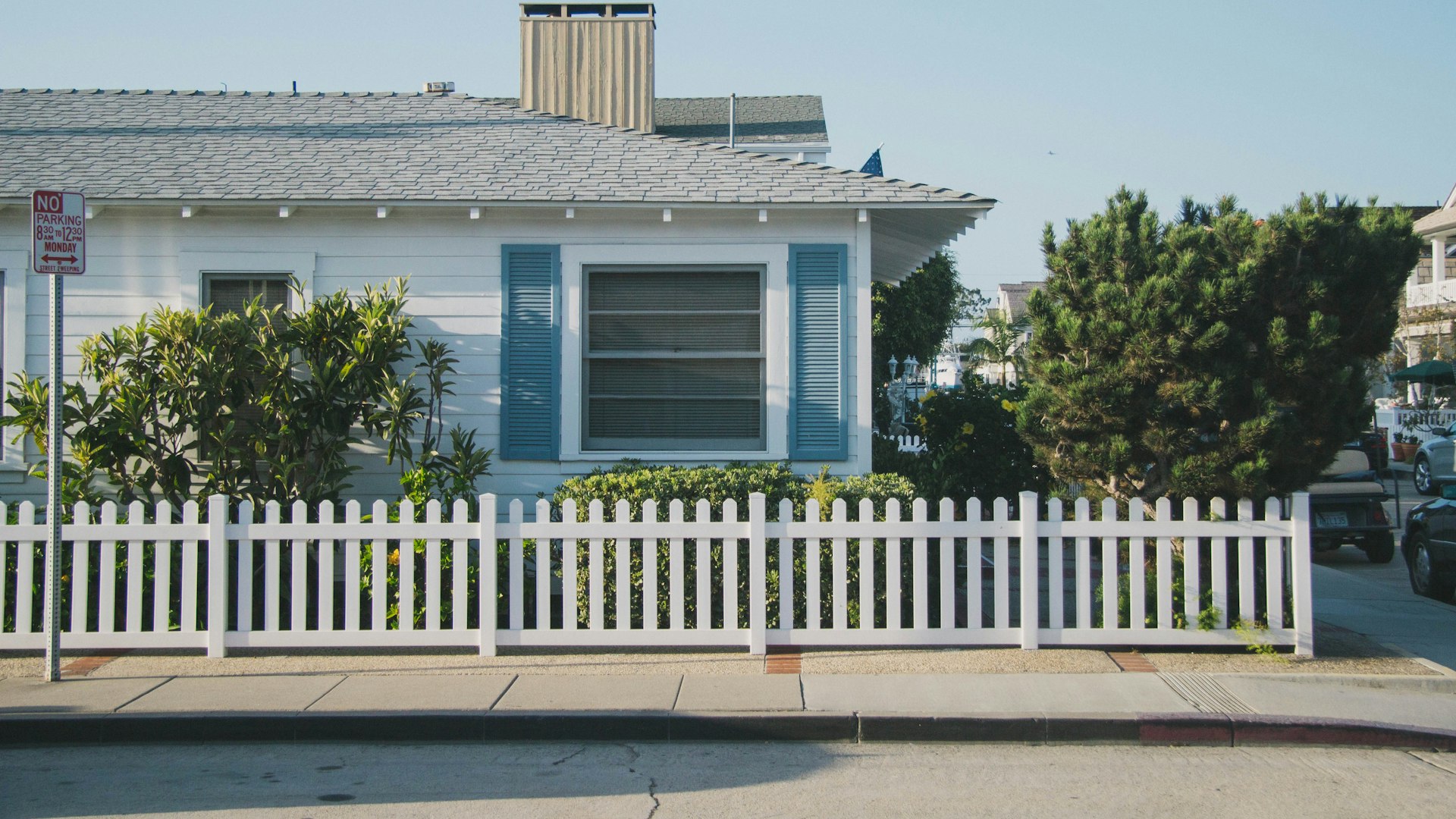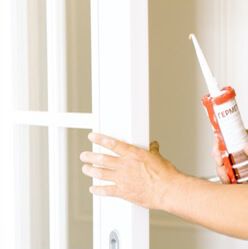Introduction
Gutters play a crucial role in protecting our homes from water damage. They are designed to collect rainwater and direct it away from the foundation, preventing issues such as basement flooding, soil erosion, and structural damage. However, over time, gutters can become clogged with leaves, debris, and other materials, leading to blockages and potential damage. This is why residential gutter cleaning is essential to maintain the functionality and longevity of your gutter system.
The purpose of this article is to highlight the importance of residential gutter cleaning and provide valuable information on how to keep your home safe and dry. By understanding the significance of regular gutter maintenance, homeowners can take proactive measures to prevent costly repairs and protect their property.
Having clean gutters is not just about aesthetics; it is about safeguarding your home from potential water damage. When gutters are blocked, rainwater cannot flow freely, causing it to overflow and accumulate around the foundation. This can lead to a range of issues, including:
- Basement flooding
- Damage to the foundation
- Soil erosion
- Mold and mildew growth
- Damage to landscaping
These problems can be costly to repair and may even compromise the structural integrity of your home. By investing in regular residential gutter cleaning, you can prevent these issues and ensure the long-term protection of your property.
Now that we understand the importance of residential gutter cleaning, let’s explore the signs of damaged gutters and how they can worsen over time.
The Dangers of Blocked Gutters
Blocked gutters can have serious consequences for your home and its foundation. When gutters are clogged with debris, water cannot flow properly, leading to a range of potential risks and water damage.
One of the primary dangers of blocked gutters is water overflow. When gutters are unable to channel water away from the roof and foundation, it can overflow and accumulate around the base of your home. This excess water can seep into the basement, causing flooding and damage to your belongings. Additionally, it can saturate the soil around the foundation, leading to soil erosion and compromising the stability of your home’s structure.
Furthermore, blocked gutters can contribute to the formation of ice dams during colder months. When gutters are filled with debris, water cannot properly drain, and it can freeze, creating ice dams along the roofline. These ice dams can prevent melting snow from draining off the roof, leading to water seeping into the attic and causing damage to the interior of your home.
Another risk of blocked gutters is the potential for mold and mildew growth. When gutters are filled with stagnant water, it creates a damp environment that is ideal for mold and mildew to thrive. Mold can not only cause structural damage to your home but also pose health risks to you and your family, especially for those with respiratory conditions.
Additionally, blocked gutters can attract pests such as mosquitoes, birds, and rodents. Stagnant water in clogged gutters becomes a breeding ground for mosquitoes, while birds and rodents may build nests in the debris-filled gutters. These pests can cause further damage to your home and pose health risks.
To illustrate the dangers of blocked gutters, take a look at the image below:
As you can see, when gutters are blocked, water overflows and cascades down the sides of the house. This excess water can cause significant damage to the exterior walls, windows, and foundation of your home.
Now that we understand the potential risks of blocked gutters, it is crucial to be aware of the signs of damaged gutters. In the next section, we will explore these signs in detail.
Signs of Damaged Gutters
It is important to be able to recognize the signs of damaged gutters so that you can address the issues promptly and prevent further damage to your home. Here are some common signs that indicate your gutters may be damaged:
- Visible cracks or holes: Inspect your gutters for any visible cracks or holes. These can occur due to age, weathering, or physical damage. Cracks and holes can lead to water leakage, causing damage to the fascia, soffit, and even the foundation of your home. Take a look at the image below to see an example of gutters with visible cracks or holes:
- Sagging or pulling away from the house: If you notice that your gutters are sagging or pulling away from the house, it is a clear indication of damage. This can happen due to the weight of debris or water accumulation in the gutters. Sagging gutters not only compromise the functionality of the system but also pose a safety risk as they can detach from the house and cause injury or property damage.
- Peeling paint or rust: Damaged gutters can cause water to overflow and run down the exterior walls of your home. This can lead to peeling paint or the formation of rust on the gutters themselves. Peeling paint not only affects the aesthetic appeal of your home but also exposes the underlying surfaces to moisture, which can lead to further damage.
- Water pooling around the foundation: If you notice water pooling around the foundation of your home, it could be a sign of damaged gutters. When gutters are not functioning properly, water can overflow and accumulate near the foundation, increasing the risk of foundation damage and basement flooding.
- Gutter separation: Over time, gutters can separate at the seams or joints. This can occur due to age, temperature fluctuations, or improper installation. Gutter separation allows water to leak through the gaps, leading to water damage and potential structural issues.
It is important to address these signs of damaged gutters promptly to prevent further deterioration and potential water damage to your home. Neglecting gutter issues can result in costly repairs and compromise the integrity of your property.
Now that we have discussed the common signs of damaged gutters, let’s explore how these issues can worsen over time if left unattended.
The Benefits of Regular Gutter Cleaning
Regular gutter cleaning is essential for maintaining the functionality and longevity of your gutter system. By investing in routine maintenance, you can enjoy several benefits that contribute to the overall protection and well-being of your home.
1. Preventing water damage and mold growth: One of the primary benefits of regular gutter cleaning is the prevention of water damage. When gutters are clogged with debris, rainwater cannot flow freely, leading to overflow and potential water damage to your home’s foundation, walls, and interior. By keeping your gutters clean, you ensure that water is properly directed away from your home, reducing the risk of water infiltration and mold growth. According to the Environmental Protection Agency (EPA), mold growth can occur within 24 to 48 hours of water exposure, making it crucial to address gutter blockages promptly.
2. Extending the lifespan of the gutters: Regular gutter cleaning helps extend the lifespan of your gutter system. When gutters are clogged, the weight of debris and water can cause them to sag, pull away from the house, or even collapse. This puts unnecessary strain on the gutters and can lead to costly repairs or replacement. By removing debris and ensuring proper water flow, you reduce the risk of structural damage to the gutters, allowing them to function optimally for a longer period.
3. Preserving the integrity of your home’s foundation: Properly functioning gutters play a crucial role in protecting your home’s foundation. When rainwater is not effectively directed away from the foundation, it can accumulate around the base of your home, leading to soil erosion, foundation cracks, and even basement flooding. Regular gutter cleaning prevents blockages and ensures that water is safely channeled away from your home, preserving the integrity of the foundation and preventing costly foundation repairs.
<





